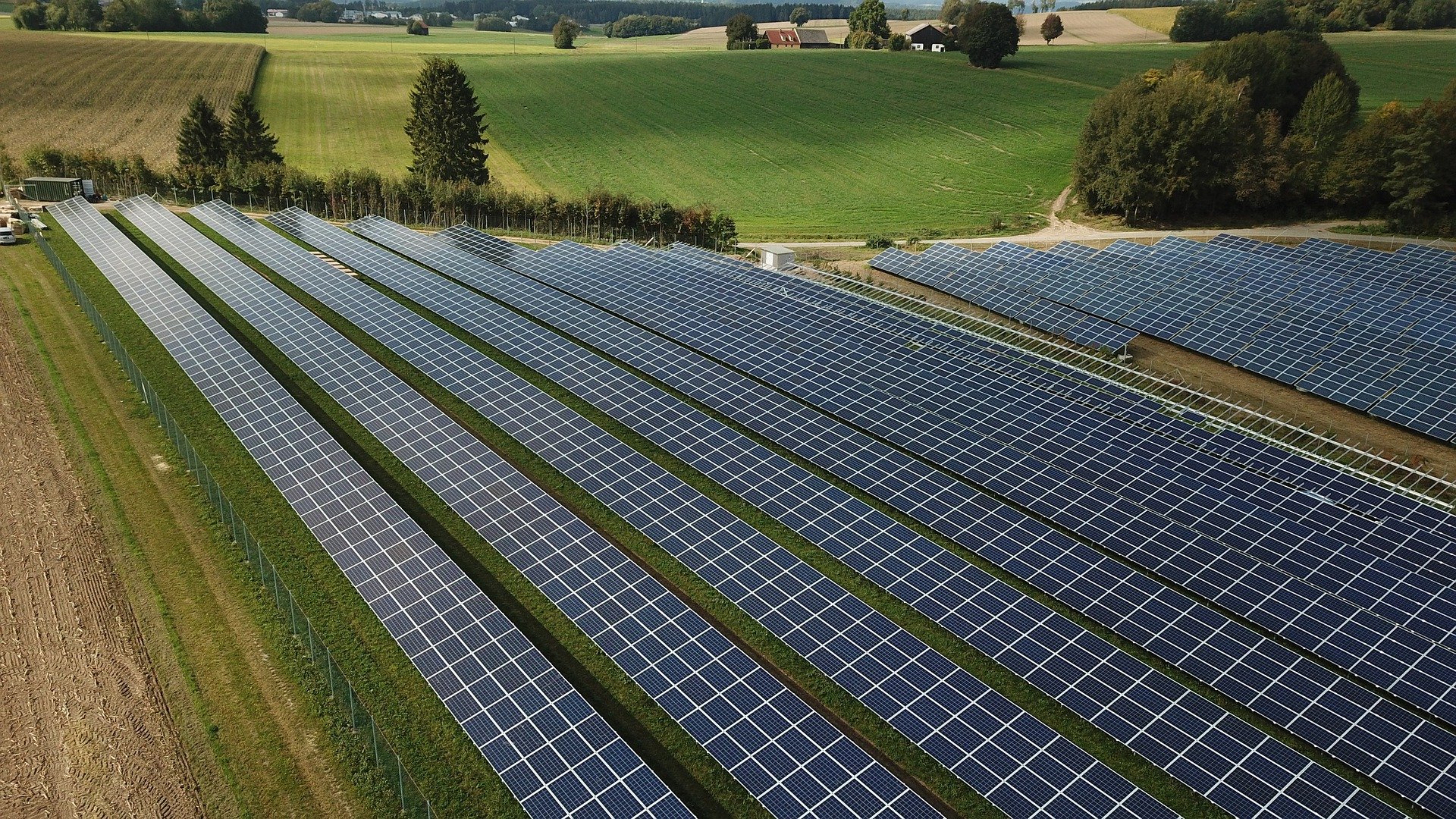|
Only have a minute? Listen instead
Getting your Trinity Audio player ready...
|
HARLINGEN — The stage is being set for the city’s first solar farms as officials work to diversify energy sources, aiming to back up the local electric grid.
After a Florida company proposed building two solar farms across a total of 40 acres of crop land near Valley International Airport last month, city commissioners are planning to pass an ordinance making way for the projects.
The proposed projects come as officials work to shore up the grid, allowing two companies to build three battery storage plants east and west of town.
“The city is working to provide back-up energy for Harlingen and the Rio Grande Valley,” Commissioner Michael Mezmar said in an interview.
Earlier this week, commissioners passed the first reading of an amendment revising the city’s code of ordinances to allow solar farms to be built within Harlingen’s industrial and general retail zones.
“Solar farm means a large-scale solar installation (of) photovoltaic panels, referred to as solar panels, or other means of collecting solar energy like concentrating solar systems, (which) are used to harvest the sun’s power,” the proposed amendment states.
The amendment would become “the starting block” for the development of solar farms here, Mezmar said.
“The ordinance sets into motion that we can have solar farms within the city limits of Harlingen,” he said.
While developing clean energy to back up the local electric grid, the proposed projects would pump property tax revenue into city coffers.
“There are benefits to the environment by capturing solar energy and putting the energy in the grid,” Xavier Cervantes, the city’s planning director, wrote to commissioners in a document proposing the amendment to the code of ordinances. “In addition, there are property tax benefits to the communities that allow them.”

The proposal
Last month, Clean Footprint, a Cape Canaveral, Florida, company, requested commissioners consider granting a special use permit to build two solar farms generating 1.6 and 3.5 megawatts of alternating current across 13- and 27-acre tracts off Grimes Avenue in an area zoned for light industry near the airport.
“I think it’s a brilliant idea — for the Valley, it’s a great idea,” Mezmar said. “It’s the Valley, it’s Harlingen. All we have is sun. I think we should take advantage of our assets.”
During last month’s presentation, John Porter, Clean Footprint’s chief executive officer, told commissioners the company might be building more solar farms here.
“Now they are looking at other sites,” Cervantes wrote to commissioners.
The proposed solar farms would help back up the area’s electric grid during crises such as the February 2021 freeze that overloaded the state’s electric grid, spurring soaring energy costs that left the city footing a $649,000 electric bill, Porter told commissioners
During a Wednesday meeting, Cervantes told commissioners the company is expected to develop the projects within about a year.
Now, the company is requesting the Federal Aviation Administration allow the development of the proposed solar farms whose panels would rise 15-feet high near the airport.
“They have to work with the FAA and the airport, so there are a lot of hurdles but they feel confident that they can overcome it,” Cervantes told commissioners.
Meanwhile, Marv Esterly, the airport’s aviation director, is standing behind the proposed project that would help turn the land at the foot of the runway into what he described as a “buffer” zone.

Planning process
During his presentation, Porter, who said he founded his company 13 years ago, told commissioners he picked the proposed project sites based on their proximity to an AEP Texas substation off Grimes Avenue.
As part of the overall project, he’s proposing to develop a solar farm generating 1.6 megawatts of alternating current, standing as high as 15 feet across 13 acres at the foot of the airport’s runway.
Porter said the proposed solar farm, whose value is projected at $2.6 million, would pump an estimated $709,435 in property tax revenue over the project’s lifespan.
Meanwhile, the company is also proposing to develop a second solar farm producing 3.5 megawatts of alternating current off Grimes Avenue, Porter said.
The proposed solar farm with an estimated value of $5.7 million would generate $1.5 million in property tax revenue over its lifespan, he said, referring to solar farms’ 25- to 30-year lifespans.
The two solar farms would create a job for a maintenance worker, he told commissioners.
As technology evolves, solar power is helping to cut energy production costs, Porter told commissioners.
Since he founded his company, he said, energy production costs have dropped threefold as the rapidly evolving technology develops solar panels producing more watts of power per square foot, allowing developers to build smaller, more efficient solar farms across less acreage.
“As science and innovation evolve, it becomes more cost effective,” Mezmar said.
Since last year, city officials have been expanding the city’s energy sources.
In the last year, commissioners have granted two companies special use permits to develop battery storage plants aimed at generating enough energy to charge up about 50,000 homes for up to two hours during power outages.




